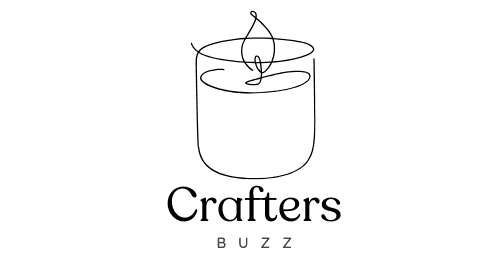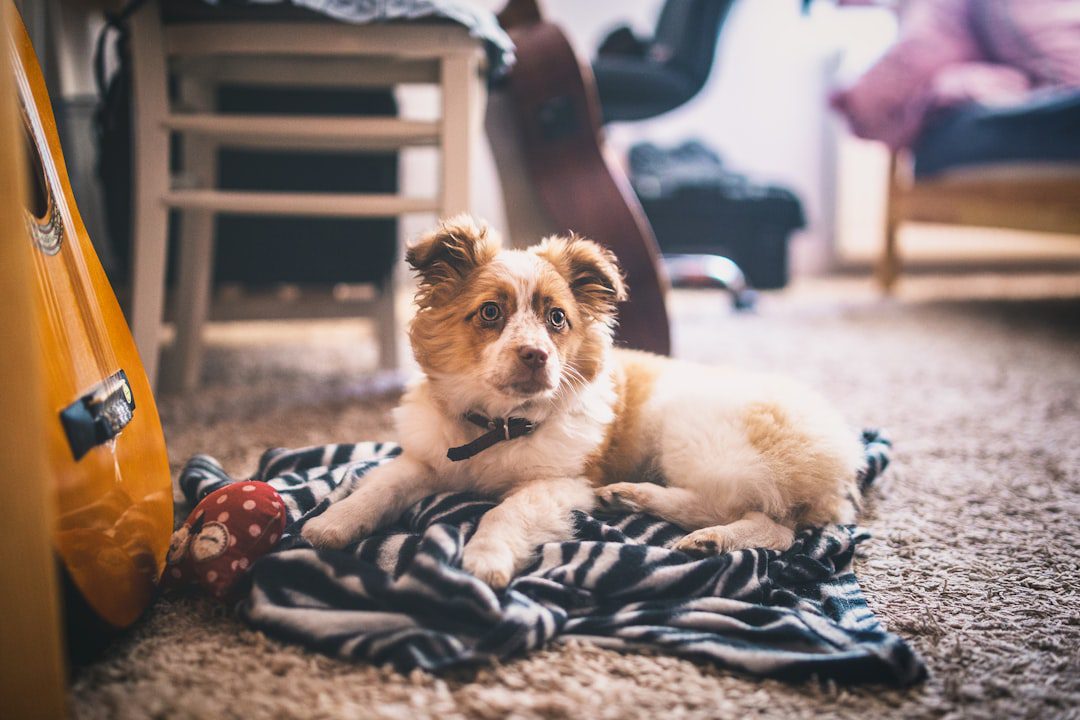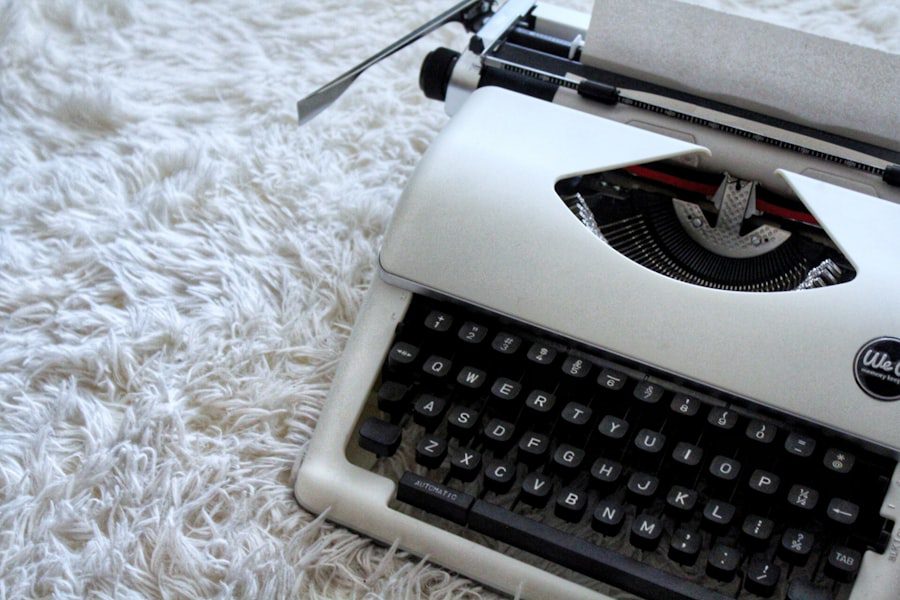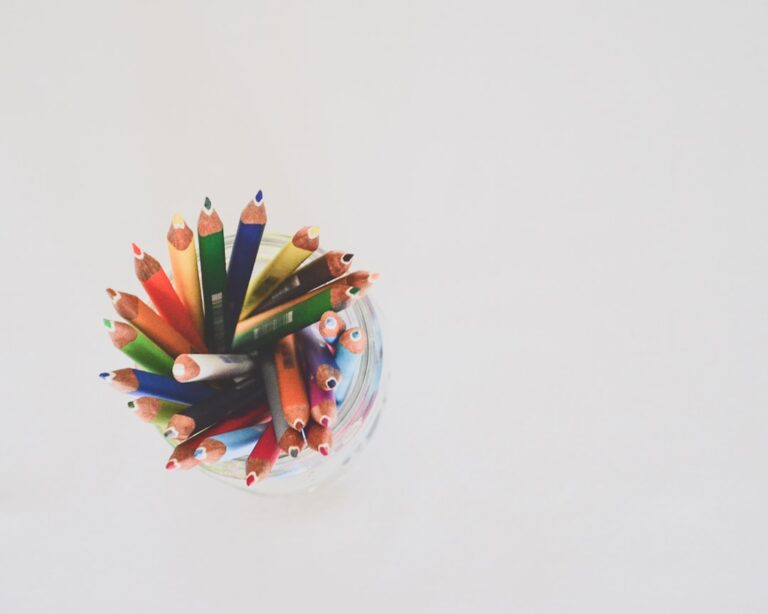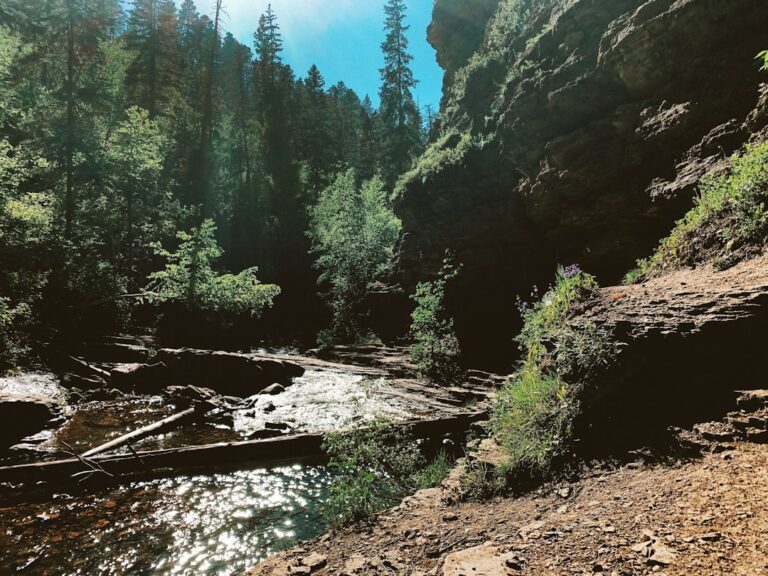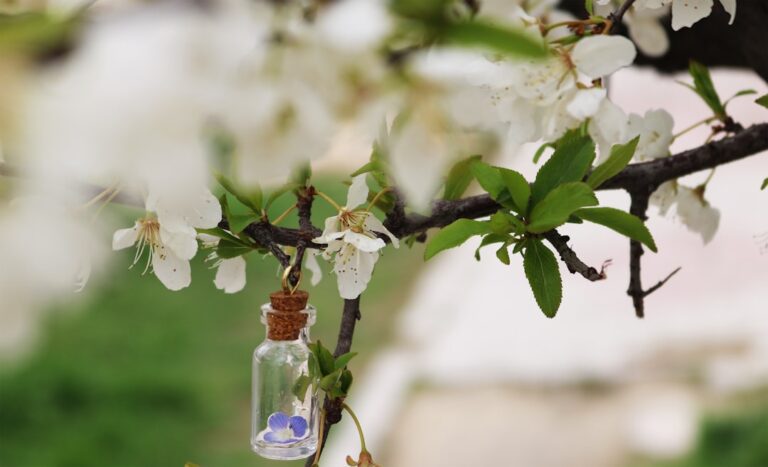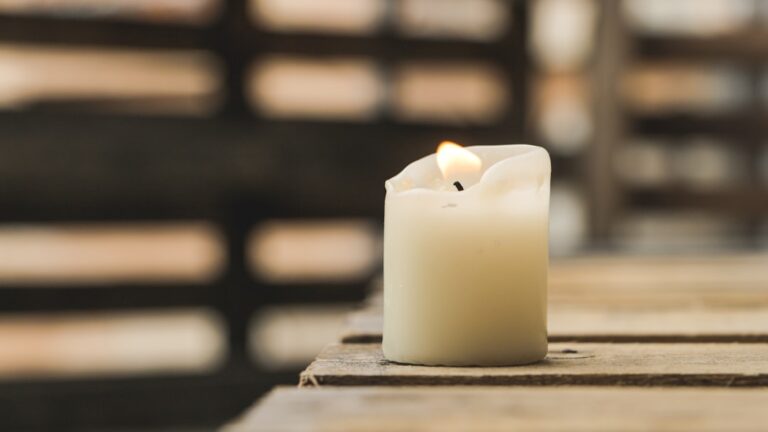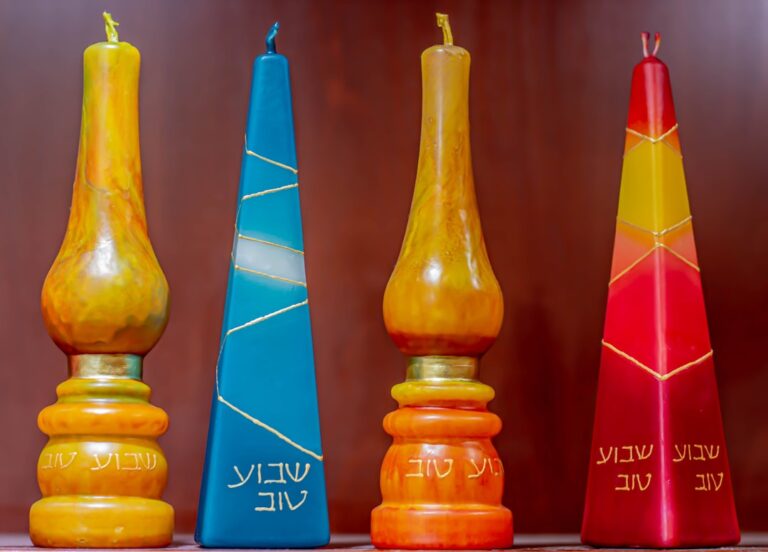How to safely clean up spilled wax on different surfaces.
Spilled wax can be a common nuisance, especially in homes where candles are frequently used. Whether it’s a romantic dinner gone awry or a cozy evening spent reading by candlelight, wax spills can leave unsightly marks and stains on various surfaces. Understanding how to effectively clean up wax is essential for maintaining the aesthetic appeal of your home and ensuring that your surfaces remain in good condition.
The process of cleaning up wax can vary significantly depending on the material affected, and employing the right techniques can make all the difference in restoring your space. The first step in addressing a wax spill is to assess the type of surface involved. Different materials require different cleaning methods, and using the wrong approach can lead to further damage.
For instance, hard surfaces like wood or tile may respond well to scraping and heat, while fabrics and carpets may necessitate more delicate handling to avoid embedding the wax deeper into the fibers. This article will explore various methods for cleaning up wax from different surfaces, providing detailed instructions and tips to ensure a successful cleanup.
Cleaning up wax on hard surfaces
Let it Cool and Harden
When dealing with spilled wax on hard surfaces such as countertops or tables, the first step is to allow the wax to cool and harden. Attempting to wipe up warm wax can lead to smearing and spreading, making the situation worse.
Remove the Bulk of the Wax
Once the wax has solidified, you can use a plastic scraper or a credit card to gently lift the bulk of the wax away from the surface. It’s important to be cautious during this step; applying too much pressure can scratch or damage the underlying material.
Remove Residue and Stubborn Spots
After removing the bulk of the wax, you may notice a residue left behind. To tackle this, you can use a cloth dampened with warm soapy water or a specialized cleaner suitable for the surface type. For example, if you’re cleaning a granite countertop, a pH-balanced stone cleaner would be ideal. Gently rub the area in circular motions to lift any remaining wax residue. If necessary, repeat this process until the surface is clean. For stubborn spots, applying heat with a hairdryer on a low setting can help soften the wax further, making it easier to remove.
Cleaning up wax on fabric
Cleaning wax from fabric can be particularly challenging due to the porous nature of textiles. The first step is to allow the wax to cool completely before attempting any removal. Once hardened, gently scrape off as much of the wax as possible using a dull knife or a spoon.
Be careful not to damage the fabric fibers during this process. After removing the bulk of the wax, it’s time to address any remaining stains. To remove residual wax, place a brown paper bag or several layers of paper towels over the stained area.
Using an iron set to low heat, gently press down on the paper for a few seconds at a time. The heat will melt the remaining wax, which will then be absorbed by the paper. It’s crucial to keep the iron moving and not leave it in one spot for too long to avoid scorching the fabric.
Once you’ve lifted as much wax as possible, launder the fabric according to its care instructions. If any discoloration remains after washing, consider treating it with a stain remover before re-washing.
Cleaning up wax on carpet
Carpets present unique challenges when it comes to cleaning up spilled wax due to their fibrous texture. As with other surfaces, allow the wax to cool and harden before attempting any removal. Once solidified, use a dull knife or a spoon to carefully scrape away as much of the wax as possible without pulling at the carpet fibers.
This initial step is crucial in preventing further embedding of the wax into the carpet. After removing the bulk of the wax, you can employ a similar method used for fabric cleaning. Place a brown paper bag or paper towels over the affected area and use an iron set to low heat to melt any remaining wax.
The heat will cause the wax to liquefy and be absorbed by the paper. It’s important to keep an eye on this process; if you notice any discoloration on the paper or if it begins to scorch, replace it with fresh paper immediately. Once you’ve successfully lifted most of the wax, clean the area with a carpet cleaner or a mixture of warm water and mild detergent to remove any residual stains.
Cleaning up wax on wood
Wood surfaces require special attention when cleaning up spilled wax due to their susceptibility to damage from heat and moisture. Begin by allowing the wax to cool completely before attempting removal. Once hardened, gently scrape off as much of the wax as possible using a plastic scraper or a credit card, taking care not to scratch the wood surface.
After removing most of the wax, you may notice some residue left behind. To address this, you can use a hairdryer on a low setting to gently warm the area, which will soften any remaining wax. Place a clean cloth over the softened wax and wipe it away carefully.
If there are still traces of wax left after this process, consider using mineral spirits or a specialized wood cleaner applied sparingly with a soft cloth. Always test any cleaning solution on an inconspicuous area first to ensure it does not damage or discolor the wood finish.
Cleaning up wax on glass
Cleaning spilled wax from glass surfaces is generally straightforward due to glass’s non-porous nature. Start by allowing the wax to cool and harden completely. Once solidified, use a plastic scraper or an old credit card to gently lift off as much of the wax as possible without scratching the glass surface.
This initial scraping should remove most of the bulk. After removing the majority of the wax, you may find some residue remains on the glass. To eliminate this, apply a glass cleaner or a mixture of vinegar and water using a soft cloth or paper towel.
Wipe down the area thoroughly until all traces of wax are gone. If there are stubborn spots that refuse to budge, consider using a razor blade at a very shallow angle to carefully scrape them away without risking damage to the glass itself.
Cleaning up wax on tile
Tile surfaces are generally resilient and can withstand various cleaning methods when it comes to removing spilled wax. As with other surfaces, allow the wax to cool completely before attempting removal. Once hardened, use a plastic scraper or an old credit card to lift off as much of the solidified wax as possible without scratching or damaging the tile.
After removing most of the bulk, you may notice some residue left behind on grout lines or tile surfaces. To tackle this, create a mixture of warm water and mild detergent and apply it with a soft cloth or sponge. For stubborn residue, consider using a soft-bristled brush to gently scrub without scratching the tile surface.
If any discoloration remains after cleaning, you can use a grout cleaner specifically designed for your tile type or apply baking soda paste for additional scrubbing power.
Conclusion and final tips for cleaning up wax
Cleaning up spilled wax can seem daunting at first glance, but with proper techniques tailored for each surface type, it becomes manageable and straightforward. Always remember that patience is key; allowing the wax to cool completely before attempting removal will save you time and effort in preventing further messes. Additionally, having appropriate tools on hand—such as plastic scrapers, paper towels, and heat sources—can make all the difference in achieving successful results.
When dealing with particularly stubborn stains or residues, don’t hesitate to experiment with different cleaning solutions while keeping in mind any specific care instructions for your materials. Regular maintenance and prompt attention to spills will help preserve your surfaces and keep your home looking its best. By following these guidelines and employing careful techniques tailored for each material type, you can effectively manage any candle mishaps that may occur in your home environment.
If you are interested in learning more about the cultural significance of candles, check out The Cultural Journey of Candles: From Light to Decor. This article explores the history and evolution of candles in various cultures, shedding light on their importance beyond just practical use.
FAQs
What is the best way to clean up spilled wax on a hard surface?
The best way to clean up spilled wax on a hard surface is to first let the wax cool and harden. Then, use a plastic scraper or a credit card to gently scrape off as much of the wax as possible. After that, use a cloth or paper towel and an iron on a low setting to melt and absorb the remaining wax.
How do you safely clean up spilled wax on carpet or fabric?
To clean up spilled wax on carpet or fabric, start by letting the wax cool and harden. Then, use a plastic scraper or a credit card to gently scrape off as much of the wax as possible. Next, place a paper towel or cloth over the remaining wax and use an iron on a low setting to melt and absorb the wax. Finally, use a carpet or fabric cleaner to remove any remaining residue.
What is the best method for cleaning up spilled wax on wood surfaces?
The best method for cleaning up spilled wax on wood surfaces is to first let the wax cool and harden. Then, use a plastic scraper or a credit card to gently scrape off as much of the wax as possible. After that, use a cloth or paper towel and an iron on a low setting to melt and absorb the remaining wax. Finally, use a wood cleaner to remove any remaining residue.
Is it safe to use a hairdryer to remove spilled wax from surfaces?
Yes, it is safe to use a hairdryer on a low setting to melt and remove spilled wax from surfaces. However, be cautious not to overheat the wax or the surface, and always use a cloth or paper towel to absorb the melted wax as you go.
